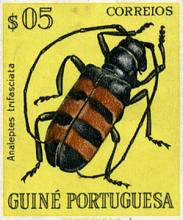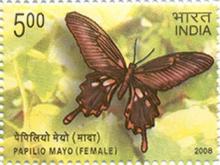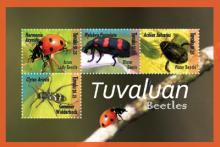The Invertebrate Toxicology of Neonicotinoid Insecticides Invalidates Traditional Pesticide Risk Assessment
Neonicotinoid insecticides exhibit very high toxicity to a wide range of invertebrates, particularly insects, and field-realistic exposure is likely to result in both lethal and a broad range of important sublethal impacts. The compounds are highly persistent in soils, tend to accumulate in soils and sediments, have a high runoff and leaching potential to surface and groundwater and have been detected frequently in the global environment. For imidacloprid, including its neurotoxic metabolites, lethal toxicity can increase up to 100,000 times compared to acute toxicity when the exposure is extended in time (Suchail et al. 2001). Recent studies have shown that chronic toxicity of neonicotinoids can more adequately be expressed by time to 50 % mortality instead of by the 10 day LD50 (Sánchez-Bayo 2009; Maus and Nauen 2010; Tennekes 2010; Tennekes 2011; Tennekes and Sánchez-Bayo 2012; Mason et al. 2013; Rondeau et al. 2014). There is a linear relation between the logarithm of the daily dose and the logarithm of the time to 50 % mortality (Tennekes 2010, 2011; Tennekes and Sánchez-Bayo 2012; Tennekes and Sánchez-Bayo 2013; Rondeau et al. 2014).










